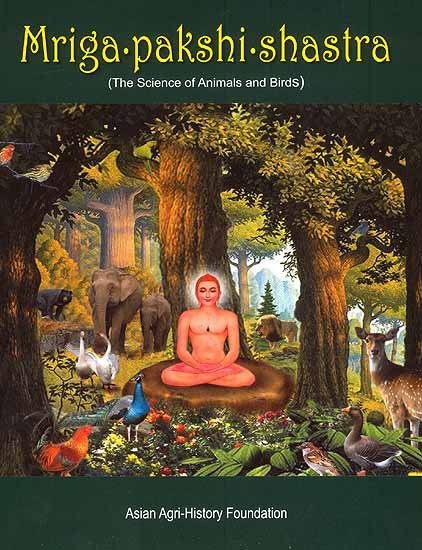Animal Kingdom (Tiryak) in Epics
by Saranya P.S | 2019 | 51,616 words | ISBN-10: 8190396315 | ISBN-13: 9788190396318
An English study the Animal Kingdom (Tiryak) in Epics.—The present thesis is based entirely on Ramayana and Mahabharata although an attempt is made to analytically compare the Animal kingdom with Mriga-pakshi-shastra—‘The ancient Indian science of of Animals and Birds’....
Chapter 1.9 - Myth and ritual
According to Andrew Lang, myths retained vast masses of savage rites and superstitious habits and customs.7For ages, even before St. Paul’s time, myths were the burdens of Athenians. They were too superstitious in everything and they were too full of deisidaimonia. Deisidaimonia is made up of two Greek words: deilos, meaning “dread” or “fear,” and daimonia, meaning “demon” or “entity.” Superstition was defined y Theophrastus as “cowardice” with regard to the supernatural. This cowardice has in all ages and countries secured the permanence of rituals and religious traditions.
Rituals are preserved because they are supposed to bring luck. It is universally believed that the efficacy of religious functions is destroyed by the slightest, even accidental, infraction of established rules. The same timid conservation presides over myth and in each locality, the mystery tales with their accompanying narratives, and it has preserved the early forms of legends. Scholars believe that ritual was first established and myth was then formulated as subsequent explanation. It is very difficult to say which originated first. But most of the myths are related to rituals. We are not sure if rituals are related to myths. Rituals express the symbolism of action.8
